The cover pciture is the ring marking of a rare “Kuangthsu 29th year made” carbine
How do we name it?
American collectors named some Tokyo Artillery Arsenal Type 30 rifles as Manchu Arisakas after its unique Chinese characters and imperial dragon crest. Chinese simply refer these rifles as “Kuangthsu 29th year made” rifles. Like many other imported weapons during Imperial Qing era, no official designations had never been assigned to them. In imperial official documents, imported Type 30 rifles are referred as “6.5 m/m Caliber Five shots repeating infantry rifle” or referred as “29th year made” rifle and “31th year made” rifle. The manufacturer named Type 30 rifles and carbines specialized to China after the first letter of “China”. The term “Type C rifle” and “Type C carbine” were used in contracts and records of Ministry of Army. The same rule also applied to the rifles, Type S rifle, which Japan made and exported to Siamese.
A brief introduction of imports of Japanese Type 30 to China
As early as in 1899 (Emperor Kuangthsu Year 25th), Japanese Ministry of Army sent Type 30 rifle as gift to The Governors-General of Liangjiang. In 1901, Governors-General of Zhili, General Yuan Shikai, had an intention to purchase Type 30 rifles. The contract was believed never been made considering the 1901-1903 foreign arms embargo.
Since 1903, several provincial government, including Sichuan, Guangdong, Hubei and Jiangsu, purchased substantial amount of Japanese Type 30 and outdated Murata rifles through Japanese arms dealer, Chinese Embassy in Japan and some special commissioners. At this time, most of orders were handled by three Japanese distributors, Takata, Mitsui and Okura. In 1908 (Japan Emperor Meiji Year 41), three agents together established Taihei Union, a syndicate to handle Japanese weaponry exportation, which under control of Ministry of Army. Estimated, from 1903 to 1907 Japan sold around 90000 to 100000 Type 30 rifles and carbines to China via Takata, Mitsui and Okura.
The origin of “Manchu Arisaka”
The majority of “Manchu Arisakas” were order by General Yuan for his Imperial Army. On July 18 1903, Commander of Japanese China Garrison Army, General Senba Tarō, reported that General Yuan was intending to order 10000 rifles to arm his army, and he would choose German arms if Japan couldn’t fill the demands. I do not have details of how did Japanese win the contract, the known fact is Takata, Mitsui and Okura shared the contract together. This contract consists of small arms, artilleries and soldier individual equipment.
General Yuan reported on January 31 1904 that he had signed a contract with Mitsui-Okura to purchase Type 30 rifles and carbines and Type 31 field guns in October 1903. Orders of rifles and carbines valued in 1.07 million Yen. Details are listed below:
- 12000 “6.5 m/m Caliber Five shots repeating infantry rifle” with bayonet at 22.275 Yen each
- 2000 “Five shots repeating cavalry carbines” with bayonet at 20.68 Yen each
- 7 Million rounds of 6.5 Cal cartridge at 42.35 Yen per 1000 rounds
- 70000 rounds of practice cartridge at 34.65 Yen per 1000 rounds
- 12000 pieces of rifle sling and ammo box at 6.18 Yen each
- 2000 pieces of carbine sling and ammo box at 3.1 Yen each
In the contract, Article 7 states that with purpose of identification both rifles and carbines would stamp “Kuangthsu 29th year made” and Imperial Dragon on top of the receiver on where Japanese usually stamps Type 30 and Num. Besides, Article 17 stipulates that original ladder rear sight should be replaced with Mauser Tangent sight.
From my research, the contract General Yuan reported in January consists of Mitsui-Okura contract in October and an earlier rifle contract which Yuan’s representative signed on July 23 with Takata. Takata agreed to sell 3000 pieces of Type 30 rifle and 2.5 million rounds of cartridge. Two parties agreed to execute the contract within ten days while arms embargo invalided in August 25. Contract terms do not mention any modifications that asked to apply to a Manchu Arisaka. Interesting thing is Takata ordered 1000 Type 30 rifles from Tokyo Artillery Arsenal for General Yuan in November, which were asked to modify to “Kuangthsu 29th year made” configuration. I believe that Takata sold 1500 pieces of common Type 30 rifle and 1500 pieces of “Kuangthsu 29th year made” Manchu Arisaka.
Mitsui-Okura initially order 12000 pieces of Type C rifle and 2000 pieces of Type C carbine from Tokyo Artillery Arsenal on October 3. However, the quantities of rifle revised to 9000 on October 22 and final agreement was made in October 31. Tokyo Artillery Arsenal would sell:
- 9000 “Type C rifle” with bayonet at 19.75 Yen each
- 2000 “Type C carbine” at 18.30 Yen each
- 4.5 million rounds of 6.5 Cal cartridge at 30.5 Yen per 1000 rounds.
- 70000 rounds of practice cartridge
Based on sequence of contracts and the quantities of each contract, General Yuan’s order of rifles and carbines were fulfilled separately by two contracts.
In 1904, no orders were put because of Russo-Japanese War. General Yuan reported in March 1905 that he turned to order German weaponry last year because of the outbreak of war.
Into 1905, Japan seemed likely to win the war and available to handle foreign sale orders so that General Yuan resumed to order a new also the largest single contract of Manchu Arisaka, which followed a smaller quantity of rifles and carbines. In the contract dated April 22 1905 between Mitsui-Okura and Tokyo Artillery Arsenal, Mitsui-Okura ordered 16000 pieces of “Type C rifle” and 4000 pieces of “Type C carbine” for General Yuan. Everything of the rifles and carbines is same to the “Kuangthsu 29th year made” Manchu Arisaka except the date changed to “Kuangthsu 31st year made” accordingly.
In May 1905,1 st Division of Imperial Army was founded. This unit had been using Japanese arms and equipment, so that General Yuan demand Mitsui-Okura to supply additional 4000 pieces of “Kuangthsu 31st year made” rifle and 2000 pieces of “Kuangthsu 31st year made” carbine. The contract of Mitsui-Okura and Tokyo Artillery Arsenal was singed on July 6 1905.
In total, including 30500 “Manchu Arisaka” rifles, Japanese sold 32000 pieces of Type 30 rifle and 7000 pieces of “Manchu Arisaka” carbine between 1903 and 1905,
In addition to General Yuan’s orders, the only and the last Manhu Arisaka were ordered by another Chinese General Liu Yongqing who purchased 4000 pieces “Kuangthsu 32nd year made” Machu Arisaka rifle in 1906. General Liu died on September 1906, his successor General Wang Shizhen reported one year later that General Liu purchased 4000 Japanese rifles. Japanese Ministry of Army record show that “Kuangthsu 32nd year made” rifles are almost same to the Manchu Arisaka ordered by General Yuan except “Kuangthsu 32nd year made” keeps original ladder rear sight. The document also tells that the rifles are serialized from “No.1” to “No.4000”.
Exact delivery date of “Manchu Arisaka” cannot be determined now. The known fact is these rifles and carbines were issued to General Yuan’s Army. In March 1905, Yuan’s 1st Division had replaced Mannlicher with Japanese rifles and carbines and his cavalry troops of 2 Division had armed Japanese carbine.
Head chief of Hunan Province Military School in his statement of visiting Yuan’s army in April 1904 said Yuan’s soldiers armed Japanese Type 30 rifles which Yuan had bought 14000 pieces in the last winter.
Shandong Province official newspaper published on January 5 1906 that Imperial Army 4 Division had received 10000 new Japanese Type 30 rifles. Meanwhile, in late December 1905, Japan official reported that 15000 pieces of “Type C rifle” were made delivery. Japan Ministry of Army filed a report of Japanese weaponry imports to China from 1903 to 1907 in which 5600 pieces of “Type C rifle” and 11024 pieces of Cavalry carbine were recorded. However, the number seems incorrect and it does not tell whether the quantity is of the ordered or of the delivered.
In 1906, Yuan’s Army had issued 24604 Japanese rifles and 5631 carbines. Some of the weapons were allocated to Beiyang Arenal for replacement use of broken ones.
Bieyang government report of Army 1916 shows 1 Division armed Japanese rifles, 4 Division and 2nd Brigade armed both “Type year 29” and “Type year 31” rifle and carbine, 6 Division armed “Type year 31” rifle.
The Rifle and Carbine
The rifle and carbine itself of “Manchu Arisaka” is almost identical to original Type 30 except the crest, Mauser tangent rear sight and full upper handguard. If you are interested in the rifle itself, please read Mr. Allan’s article published on Banzai magazine, plenty information of the rifle features and pictures.
The only thing I’d like to talk is the probable reason that Chinese decided to go with Mauser style sight and full-length handguard comes outs of the rifle trials conducted in 1903.
In the early 1903, China conducted comparison tests to determine the caliber and the action for the their future small caliber repeating rifle. The test results featured Japanese Arisaka 6.5 caliber and Mauser Mod.03 bolt action. A Japanese military observer, who attended the test, reported to Ministry of the Army said that China planed to adopt a new rifle which should be in 6.5 or 7 m/m caliber with Mauser 1903 bolt action, rear sight and handguard. This test was not intended for Manchu Arisaka rifle contract, but it must influence Yuan’s preference. Chinese prefer Mauser sight because of the marks on the side walls of the rear sight which the instructor can use to instruct soldiers aiming while in training.
An analysis of Serial number
The existent documents tell that 32000 rifles and 7000 carbines were sold to General Yuan between 1903 and 1906, including 3000 rifles from Takata, 29000 rifles and 7000 carbines from Mitsui-Okura. Serial numbers of the rifle and carbine are in separate series based on that of observed specimen.
However, the lowest observed “Kuangthsu 31st year made” SN 10608 falls into the block of “Kuangthsu 29th year made” if which is serialized from 1 to 12000 then followed by “Kuangthsu 31th year made” from 12001. The plausible explanation is 1500 pieces of the earliest Takata contract rifles were normal Type 30 without special marking and also the serial numbers are not in the sequence of “Type C” rifles. This makes total numbers of “Kuangthsu 29th year made” rifles of 10500.
To analyze Takata’s contract of 1500 pieces of “Type C rifle” having two assumptions. It’s known that General Yuan singed contract with Takata for 3000 rifles in July and Takata singed contract with Tokyo Artillery Arsenal modifying 1500 Type rifles to “Type C” configuration on November 3.
One possible explanation is that China ordered 3000 rifles then altered to 1500. In this case, China ordered only total 10500 rifles. However more clues lead me to another more plausible explanation.
It’s likely that Takata made the delivery of the first half. The second half of the order was requested by Chinese modifying to “Kuangthsu 29th year made” configuration after Chinese singed the Mitsui-Okura contract. The deducted quantity of 3000 rifles of Mitsui-Okura contract suggests the same conclusion that 3000 Takata rifles plus 9000 Mitsui-Okura rifles.
Another evidence is Chinese official recording of 12000 rifles were bought in the year. Based on my research, sometimes details are implicit in Chinese documents, but they would not mistaken numbers.
Thus, “Kuangthsu 29th year made” block has 10500 rifles, which consists of Takata’s 1500 rifles and 9000 rifles of Mitsui-Okura, serial number from 1 to 10500. Then 20000 “Kuangthsu 31st year made” rifles came from Mitsui-Okura, serial number from 10501 to 30500. Current known specimen SN perfectly corroborates my assumption.
Based on my research, the actual quantity of “Kuangthsu 29th year made” and “Kuangthsu 31st year made” rifles is 30500. Plus 4000 “Kuangthsu 32nd year made” rifles sold to General Liu, the total number of Manchu Arisaka is up to 34500.
Reference
Imperial Japan Ministry of Army Archives, 陸軍省大日記 Meiji Year 36-40
Yuan Shikai Archives
Xu Shichang Archives
Acknowledgement
Appreciate generous help from Japanese friends Jien @teppoblog, @KiyoKita3 and his sister to translate documents for me.

Enthusiast of the History of Chinese Mauser rifle
Check my research:https://mausercn.blogspot.com/
Feel free to contact me: zou.jiahong@yahoo.com/zou.aaron@outlook.com
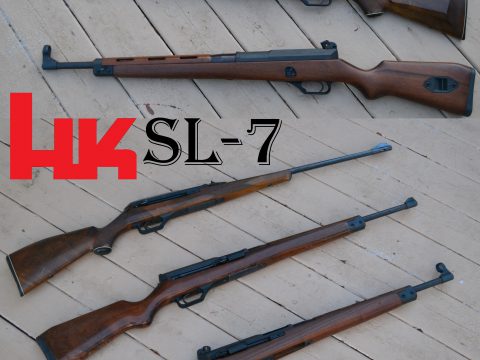
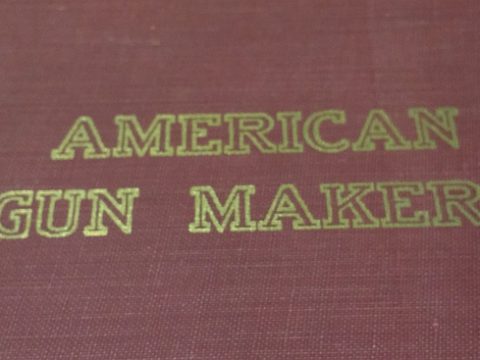
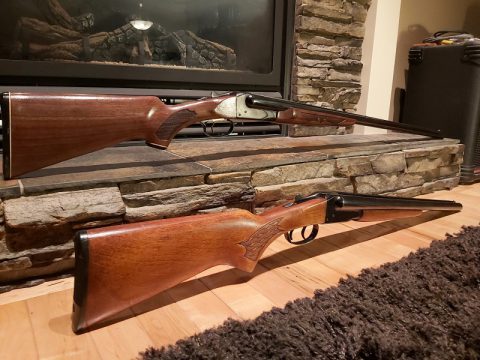
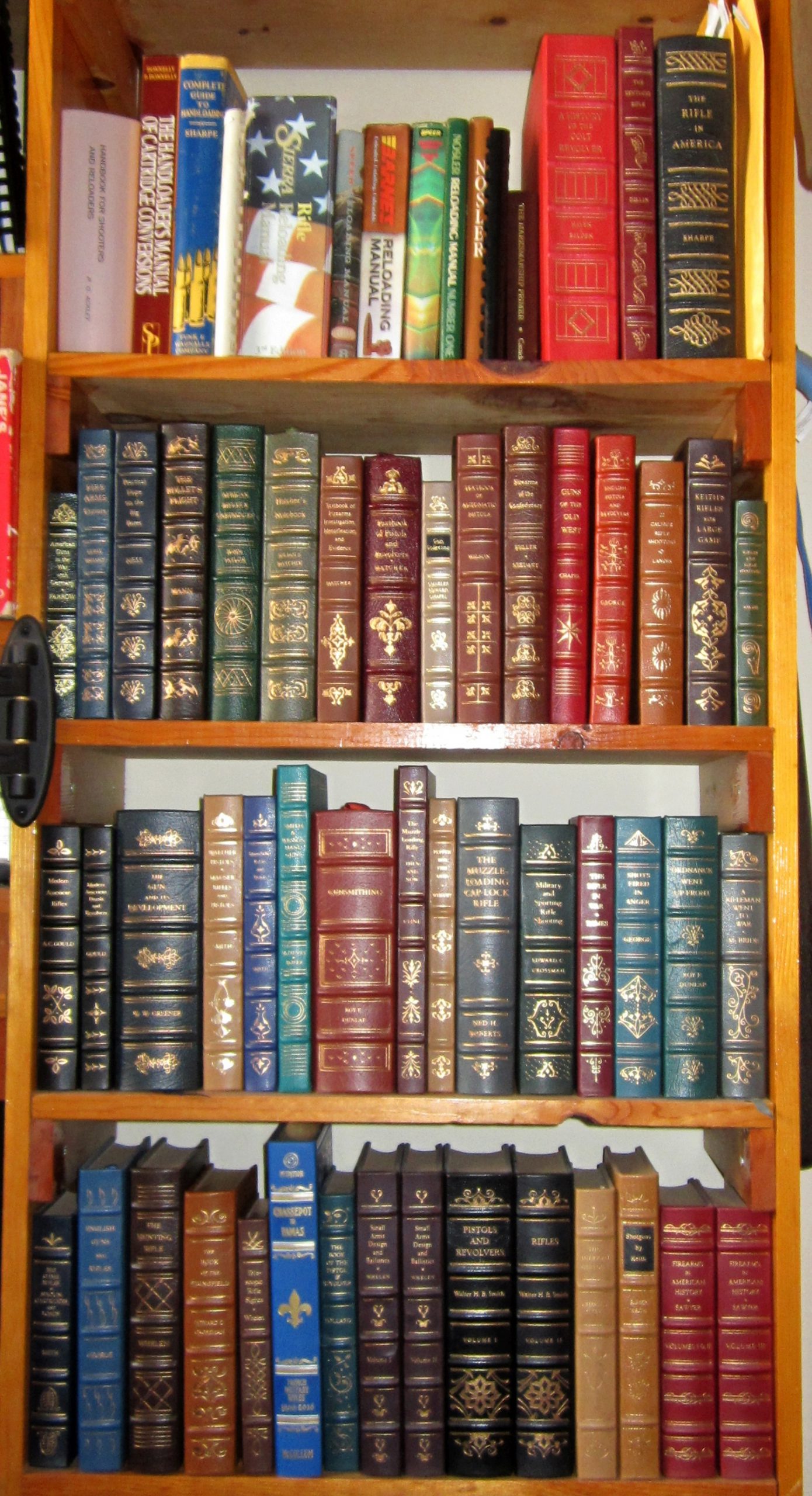
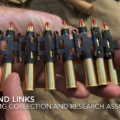
Fascinating article as always.
Thank you! If you like it please share it.